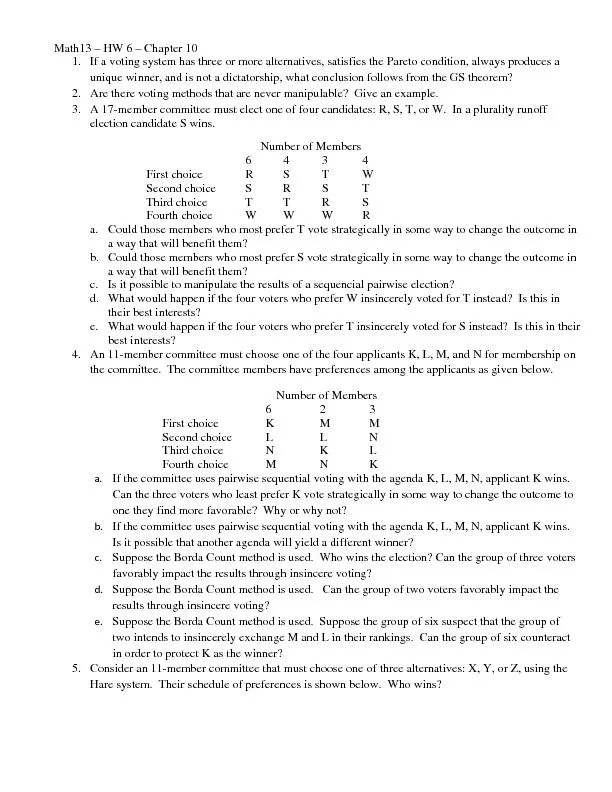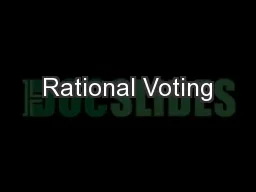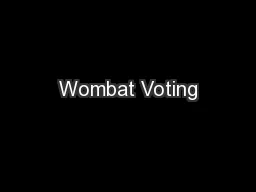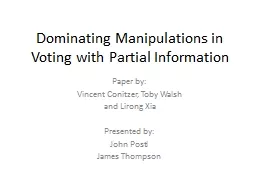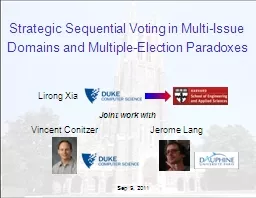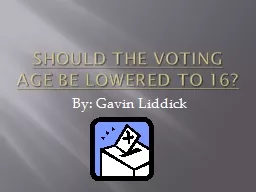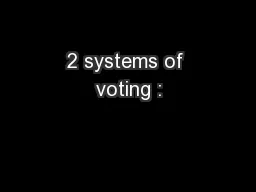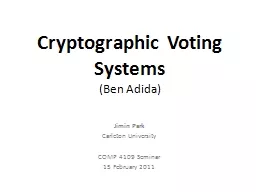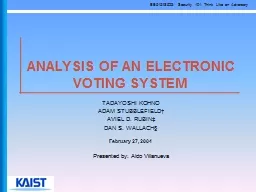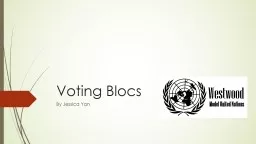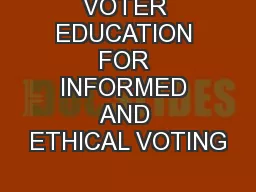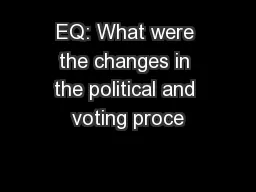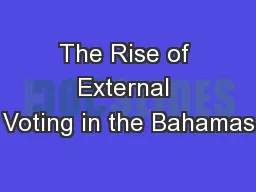PDF-If a voting system has three or more alternativesat conclusion follows
Author : lindy-dunigan | Published Date : 2016-04-28
N umber of Members 6 2 3 First choice K M M Second choice L L N Third choice N K L Fourth choice M N K If the committee uses pairwise sequential voting withCan the
Presentation Embed Code
Download Presentation
Download Presentation The PPT/PDF document "If a voting system has three or more alt..." is the property of its rightful owner. Permission is granted to download and print the materials on this website for personal, non-commercial use only, and to display it on your personal computer provided you do not modify the materials and that you retain all copyright notices contained in the materials. By downloading content from our website, you accept the terms of this agreement.
If a voting system has three or more alternativesat conclusion follows: Transcript
Download Rules Of Document
"If a voting system has three or more alternativesat conclusion follows"The content belongs to its owner. You may download and print it for personal use, without modification, and keep all copyright notices. By downloading, you agree to these terms.
Related Documents

